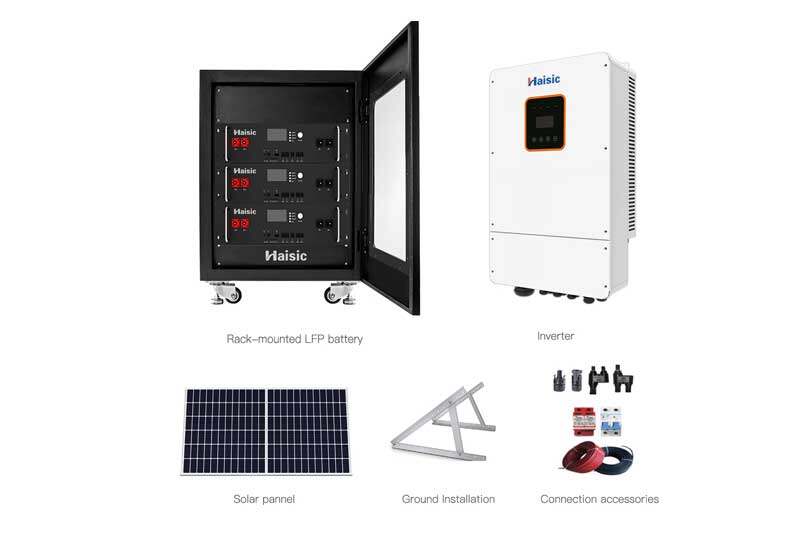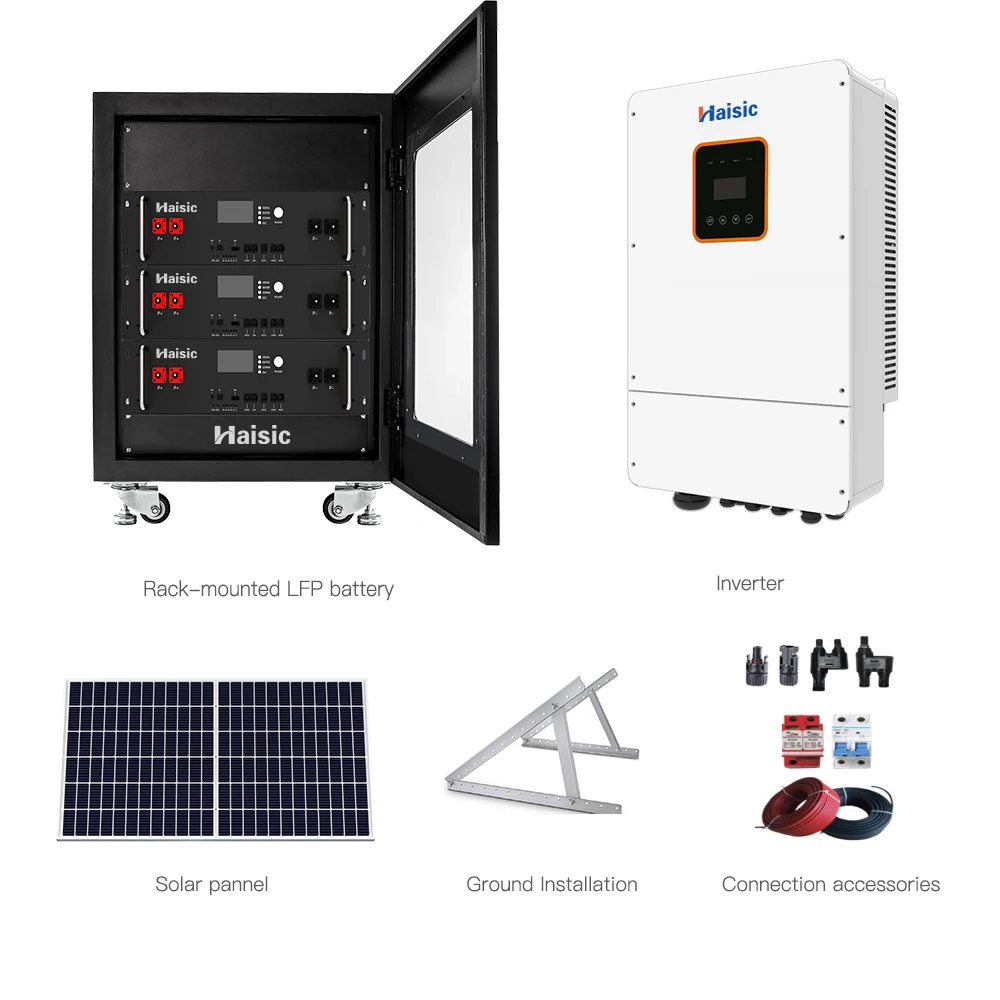Email format error
Email cannot be empty
Email already exists
6-20 characters(letters plus numbers only)
The password is inconsistent
Email format error
Email cannot be empty
Email does not exist
6-20 characters(letters plus numbers only)
The password is inconsistent


In recent years, the world has witnessed a growing interest in renewable energy sources, with solar power taking center stage. Solar energy offers a clean and abundant source of electricity, but one of its challenges lies in its intermittent nature. This is where solar energy storage systems come into play, revolutionizing the way we harness and utilize solar power. In this blog, we will delve into the world of solar energy storage systems, exploring their benefits, technologies, and their potential to shape a sustainable future.

The Need for Solar Energy Storage:
Solar energy storage systems address the issue of solar power’s intermittency. While solar panels generate electricity during daylight hours, the excess energy produced needs to be stored for use during periods of low or no sunlight. Energy storage systems enable a reliable and continuous power supply, reducing reliance on traditional energy sources and enhancing grid stability.
Benefits of Solar Energy Storage Systems:
a) Energy Independence: Solar energy storage systems empower individuals and communities to become self-sufficient in their energy needs, reducing dependence on the grid and fossil fuels.
b) Cost Savings: By storing excess solar energy, users can offset peak electricity demand, reducing utility bills and potentially earning revenue through energy trading.
c) Grid Resilience: Solar energy storage systems enhance the resilience of the electrical grid by providing backup power during outages and reducing strain on the grid during peak demand periods.
d) Environmental Impact: By maximizing the utilization of solar energy, storage systems contribute to a significant reduction in greenhouse gas emissions, promoting a cleaner and greener environment.
Technologies in Solar Energy Storage:
a) Lithium-ion Batteries: Currently, lithium-ion batteries are the most commonly used technology for solar energy storage due to their high energy density, efficiency, and long lifespan.
b) Flow Batteries: Flow batteries offer scalability and longer cycle life, making them suitable for large-scale solar energy storage applications.
c) Thermal Energy Storage: This technology stores solar energy in the form of heat, which can be utilized for heating or converted back into electricity using steam turbines.
d) Hydrogen Storage: Solar energy can be used to produce hydrogen through electrolysis, which can then be stored and used as a clean fuel source.
The Future of Solar Energy Storage:
As technology advances and costs continue to decline, solar energy storage systems are poised to play a pivotal role in our transition towards a sustainable energy future. Innovations such as advanced battery technologies, smart grid integration, and demand response programs will further optimize the efficiency and effectiveness of solar energy storage systems.
Conclusion:
Solar energy storage systems represent a game-changing solution in our quest for clean and sustainable energy. By overcoming the intermittent nature of solar power, these systems unlock the full potential of solar energy, providing reliable and affordable electricity while reducing our carbon footprint. As we continue to invest in research and development, the future holds immense promise for solar energy storage, paving the way for a greener and more sustainable world.